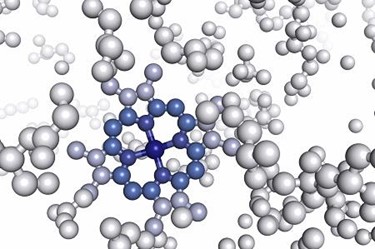Minimizing On-Column Monoclonal Antibody Aggregate Formation
By Giorgio Carta, Payal Khandelwal, and Mark Snyder

The formation of aggregates is a common occurrence during monoclonal antibody (mAb) purification and can happen for several reasons. Aggregates are undesirable due to the possibility of altered pharmacodynamics, pharmacokinetics, and/or increased immunogenicity. Generally, the formation of aggregates is shown to be product or process related. Here we show how on-column aggregate formulation is dependent on the resin type and on the resin's interactions with the mAb loaded. Among the various resins tested, Nuvia™ HR-S Resin, a high-resolution cation exchanger, demonstrated the lowest proportion of on-column aggregate formation with two mAbs. On-column aggregate formation can therefore be minimized by proper resin screening and subsequent optimization of resin type used for purification process development.
Get unlimited access to:
Enter your credentials below to log in. Not yet a member of Bioprocess Online? Subscribe today.
